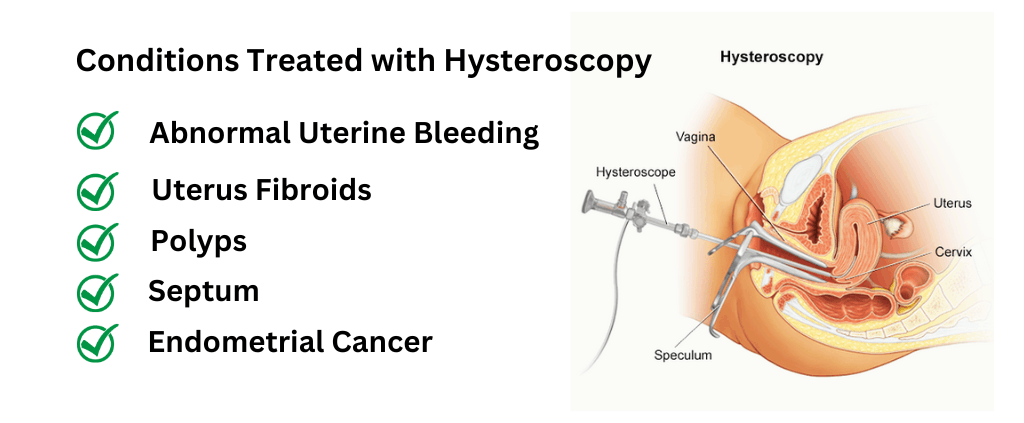Implantation Bleeding: Causes, Symptoms, and Treatment
Introduction
A. Overview of Implantation Bleeding
Implantation bleeding is a normal part of your menstrual cycle. It happens when the egg is released from the follicle and implantation begins.
If you have not started ovulating yet, you may still be able to get pregnant during your menstrual cycle if you are actively trying (using birth control or abstinence).
B. Understanding Implantation Bleeding Causes, Symptoms, and Treatment
Implantation bleeding usually starts on day 2 or 3 of your menstrual cycle and lasts about three days. It’s usually light but sometimes heavier than a regular period. Ovulation is typically when the bleeding stops, but it may continue for up to two weeks after this.
Implantation bleeding is more common during the first trimester of pregnancy. During this time, a fertilized egg attaches to the uterus wall and grows into an embryo. The fertilized egg releases hormones that stimulate uterine contractions that expel it from the uterus, but if the egg is not expelled after eight weeks, it could cause an abortion. If it remains in place beyond eight weeks, it will begin to implant and build up inside your uterus.
The Common Symptoms of Implantation Bleeding can be:
- Light bleeding that doesn’t soak through a pad or tampon
- Cramping at the time of ovulation (implantation cramps)
- Nausea
- Breast tenderness (sometimes more than usual)
- Lower back pain (in some women)
- Mood swings (irritability due to hormonal changes)
What is Implantation Bleeding?
A. Definition and explanation
Implantation bleeding happens when a fertilized egg embeds its own in the uterine wall. It happens about three days after ovulation when you’re most fertile. Once implantation has occurred, your body will produce prostaglandins (a hormone) that help to thicken the lining of the uterus. This thickening gives you those “chills” some women experience during ovulation.
Implantation bleeding occurs because of hormonal changes caused by pregnancy hormones like progesterone and estrogen. These hormones help to support pregnancy and prepare your body for childbirth by preparing blood vessels in your pelvis and uterus for baby delivery later on. They also cause changes in your cervix, making it easier for sperm to enter the uterus without being blocked by cervical mucus or other tissue.
B. Differentiating from another Vaginal Bleeding
Implantation bleeding is the first vaginal bleeding that occurs around ovulation.
The most apparent difference is that implantation bleeding is usually heavier than an average period. You may also be pregnant if you don’t have a regular period, although it’s not always easy to tell from your symptoms alone.
If you’ve had an implantation bleed and your next period doesn’t arrive after about three weeks, you may need to take a pregnancy test. The tests are simple urine tests that take only a few minutes and are available from most pharmacies or supermarkets. You’ll need to wash your hands before collecting the sample, then dip one finger into the sample (if possible) and touch it with the back of your other hand. There’s no pregnancy if there are no visible blood spots on your fingers after holding them up together.
There are many causes of vaginal bleeding, and you need to know the cause to take the appropriate action.
Differentiating between vaginal bleeding that isn’t implantation bleeding can be difficult because many symptoms could indicate something else entirely — especially if you’re having menstrual cramps or discomfort during sex or intercourse.
Causes of Implantation Bleeding

There are many causes of implantation bleeding. Some of these may be due to hormonal changes, and some may be because of a severe medical condition.
A. Biological process of implantation
The biological process of implantation is called menstruation. A woman’s period results from the endometrium thickening in preparation for implantation, which occurs about two weeks after ovulation. If there are no sperm cells in the fallopian tube at this time, then fertilization does not occur, and menstruation begins. It is called menstrual bleeding or menses.
B. Hormonal changes and contributing factors
Some women’s periods will change when they become pregnant or just before they get pregnant (called early pregnancy). For example, if you have PCOS, your periods might become irregular and heavier than usual right before you get pregnant with twins or triplets — or even just one baby! It can happen because progesterone levels rise during pregnancy to support both the mother’s and baby’s health.
Symptoms of Implantation Bleeding
- Spotting, especially between periods. It usually happens within a few days after ovulation. The spotting is bright red and lasts for a few hours before decreasing in intensity, then disappearing altogether. In some women, this bleeding may be heavier than menstrual bleeding and may continue for several days or weeks.
- The Spotting occurs without any other symptoms. If discovery occurs for over a month in a row, it could be an early sign of pregnancy — implantation bleeding — even if you haven’t had intercourse yet.
- Bleeding during sexual intercourse or pelvic exams by your healthcare provider or gynaecologist (obstetrician). This type of bleeding can happen with any vaginal penetration during pregnancy; it may also occur if the cervix is dilated at delivery (an additional risk factor for preterm birth).
B. Individual Variations
The timing and amount of bleeding can vary from woman to woman. Some women experience no bleeding, while others have heavy periods during their first trimester. The timing of implantation bleeding depends on many factors, including your cycle length, whether you’re breastfeeding, and your age.
Seeking IVF Specialist Advice
A. When to consult a healthcare professional
The decision to seek medical advice about implantation bleeding should be her choice. She should be encouraged to seek help if she feels that she may be pregnant or has missed her period and not been using contraception. As soon as possible after missing her period, a woman must visit her medical aid, who will be able to provide advice and arrange for further diagnostic tests.
B. Necessary information for consultation
When consulting a doctor, you must provide them with all relevant information about your symptoms, including any history of pregnancy loss or previous surgeries on your uterus. It must be explained during a consultation if you have recently had a hysterectomy. The doctor should also ask about your general health and lifestyle habits, such as smoking and alcohol consumption. They will also want details about your menstrual cycle, e.g., how long since the last menstruation (menstrual cycle length), which days/times you menstruate (menstrual cycle pattern), what time of day you usually menstruate (menstrual cycle phase), how long it lasts (duration of the menstrual cycle).
Treatment Of Implantation Bleeding
A. Self-care Measures
In some cases, implantation bleeding does not happen at all, especially if you are using hormonal contraception or if there was a recent miscarriage. If so, you should speak with your doctor for additional guidance.
B. Medical Interventions and Medications
Implantation bleeding is similar to menstrual bleeding and usually occurs 6-12 days after ovulation. It usually lasts only a few hours and will stop within 24 hours. They may want to know how much blood you saw and its colour.
Complications and Warning Signs
A. Potential Complications
Implantation bleeding is a normal part of pregnancy, and there aren’t any complications associated with it as long as there is little pain or cramping during the short-lived, light bleeding.
B. Identifying Warning Signs
In some cases, heavy vaginal bleeding can lead to infection or anaemia. The blood clot has formed because the placenta has attached itself to your uterus wall (placenta previa), which causes your uterus to bleed heavily during the first few weeks after delivery.
See your doctor immediately if you experience heavy vaginal bleeding that doesn’t go away after three to five days.
Conclusion
Implantation bleeding can occur when a fertilized egg implants in the lining of the uterus. Implantation bleeding occurs when an egg’s follicles attach to the uterus’s lining. It can occur in any woman’s reproductive system — even those who don’t get periods — but most often happens in pregnant women or not using hormonal birth control methods, like birth control pills or patches.
Some women may confuse it with a golden period, but implantation bleeding is typically lighter and does not have a regular flow. Symptoms may include light bleeding, cramping, and spotting. Implantation bleeding occurs when the fertilized egg attaches to your uterus (womb). It usually happens in the first few days of your period. It can be brown or clear, and it may be heavy and last a few days.
A regular period is when the uterine lining builds up in preparation for a new pregnancy (pregnancy) or menstrual flow. The lining is shed during menstruation.
It is encouraged to seek an IVF expert’s advice and support if you are experiencing implantation bleeding or any other concerning symptoms.
Why choose Imprimis IVF as a Fertility Clinic?
When choosing a fertility clinic for IVF Treatment in Srinagar, it is essential to consider factors such as the clinic’s IVF success rates for the specific treatment(s) you are seeking, the qualifications and experience of the fertility specialists and staff, the range of services offered (including any specialized or advanced treatments), the clinic’s location and hours, and the quality and accessibility of support and resources for patients.
It is recommended to research, read reviews and testimonials from other patients, and make appointments with several clinics to assess their offerings and pose questions.








